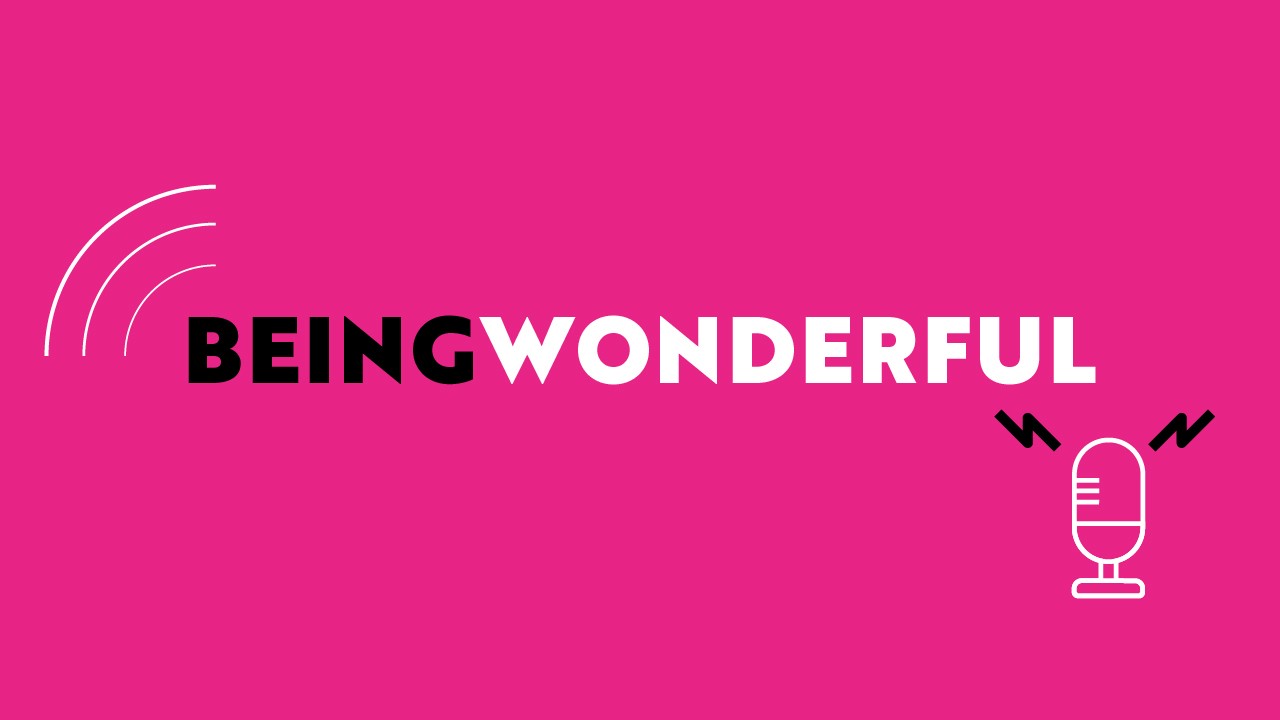
No matter what functionality or feature your technology, system or application offers there is only one thing that counts, people. Billions in funding is wasted every year on developing new digital products that ultimately don’t connect with and serve the people that will be using them. There are an increasing number of approaches to solving our digital technology challenges but making it work for humans is the number one problem that every business must solve.
Human-Centred Design is a problem-solving approach that explores the needs, behaviours, and experiences of users at every stage of the design process, creating digital products that are fundamentally people-orientated – a methodology that combines real data with creativity to develop solutions that are not only functional but also intuitive, meaningful, and aligned with user expectations.
At the heart of human-centred design strategies lies empathy – the ability to deeply understand and empathise with users’ perspectives, motivations, and challenges. This understanding is achieved through methods such as user research, interviews, observations, and creating user personas. By gaining insights into users’ lives, preferences, and pain points, designers can tailor their solutions to address real needs effectively.
The iterative nature of HCD involves continuous refinement and testing. Designers create prototypes early in the process to gather feedback and iterate on their ideas. This rapid prototyping allows for quick validation and adjustments based on user input, ensuring that the final product meets users’ requirements and expectations.
Collaboration is another key element of human-centred design. It involves multidisciplinary teams working together, including designers, engineers, marketers, and, most importantly, users. Each team member brings a unique perspective, contributing to a holistic approach to problem-solving. By involving users throughout the process, from ideation to testing, designers ensure that the final product resonates with its intended audience.

The emphasis on user feedback and iteration doesn’t stop at the initial design phase but extends to the entire product lifecycle. Continuous feedback loops and user testing post-launch allow for ongoing improvements and enhancements based on real-world usage and evolving user needs.
Human-centred design strategies also encourage creative problem-solving. By reframing problems and challenges, designers can uncover innovative solutions that might not have been initially apparent. Techniques like brainstorming, ideation workshops, and design thinking facilitate the generation of diverse ideas and encourage thinking outside the box.
Storytelling plays a vital role in human-centred design. It’s not just about creating a functional product but also crafting a compelling narrative around the user experience. A well-told story can emotionally connect users to the product, making it more relatable and engaging.
Human-centred design strategies have been embraced across various industries, from technology and healthcare to education and beyond. Companies that prioritise these methodologies often see increased user satisfaction, improved usability, and a competitive edge in the market.
The art of human-centred design strategies revolves around empathy, collaboration, iteration, creativity, ethics, inclusivity, and storytelling. By placing the user at the centre of the design process, designers can create solutions that are not only user-friendly but also meaningful, impactful, and capable of addressing real-world challenges in innovative ways.
Get in touch with our team to find out how we develop Human Centred Design strategies and make our work people centred through a focus on creating wonder.

Sam Webster, Senior Digital Marketing Executive at Wonderful Creative Agency
Latest posts

5 reasons why we still need Wonder in an AI driven world
As an agency, we are grappling with the role and application of AI within our daily business activities, our client offering, and our future growth

The Power of Purpose and Impact on Business Growth
In a marketplace increasingly driven by values and social consciousness, the role of purpose and impact in business growth has never been more critical.

Three key benefits of integrating a sense of Wonder within your brand & marketing strategies
We love creating Wonder. It’s our passion and forms our client mission. However, in an age where your customers and clients are bombarded with constant information and countless choices, capturing attention and building lasting connections has become increasingly challenging. We all have to work harder to capture people’s attention.